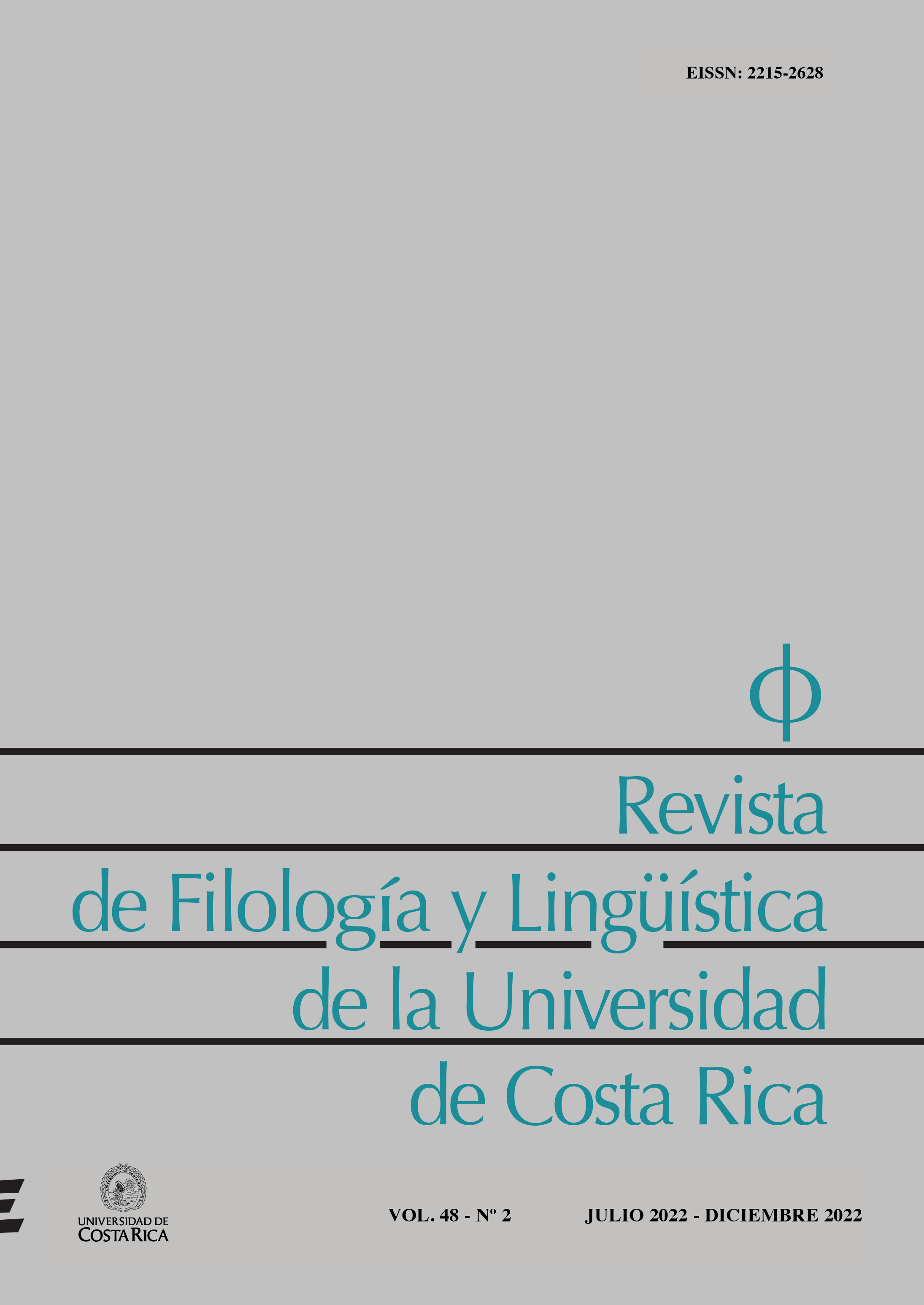Abstract
In the West, the lyre and the harp have been adopted as metaphors of poetry for more than two millennia. It is in this context that the topic of the aeolian harp in the history of Western literature should be understood. The objective of this article is to trace a path of the various connotations that the topic of the aeolian harp has acquired in Latin American and Spanish literature, from its appearance in the eighteenth century to the twentieth century, beyond the fixed semantic core that it has had in all cultural periods. As a result of this analysis, one can observe how the literary representation of this instrument has been channeled primarily as a metapoetic topos. We conclude that, having originated in Northern Europe, the aeolian harp has been incorporated into Spanish and Latin American literature as an allegory of the poet and the poetic creative process. Fernán Caballero, Rosalía de Castro, Gaspar Núñez de Arce, Melchor de Palau y Catalá, and Fernando Sánchez de Fuentes offer us variations in Spanish literature, while José Asunción Silva, José María Rivas Groot, Enrique González Martínez, Justo Sierra, Fabio Fiallo, and, above all, Rubén Darío, offer us examples in Latin America.


